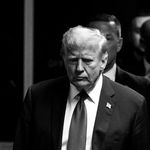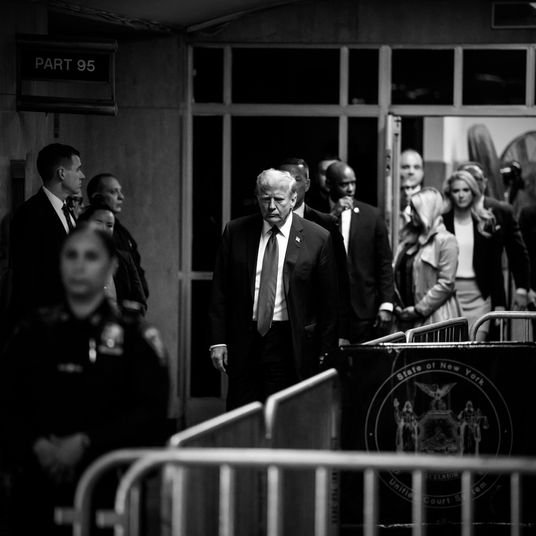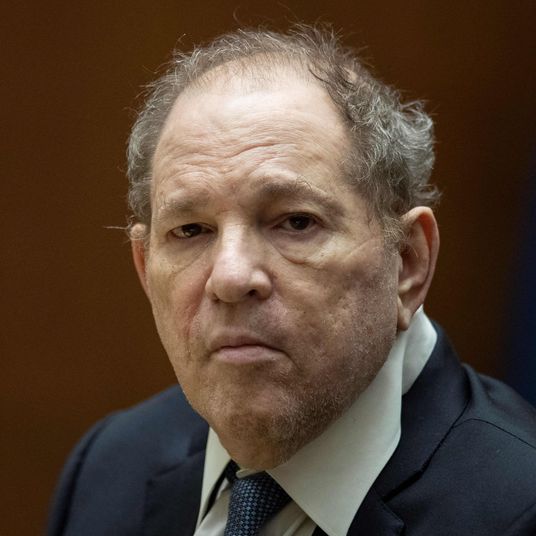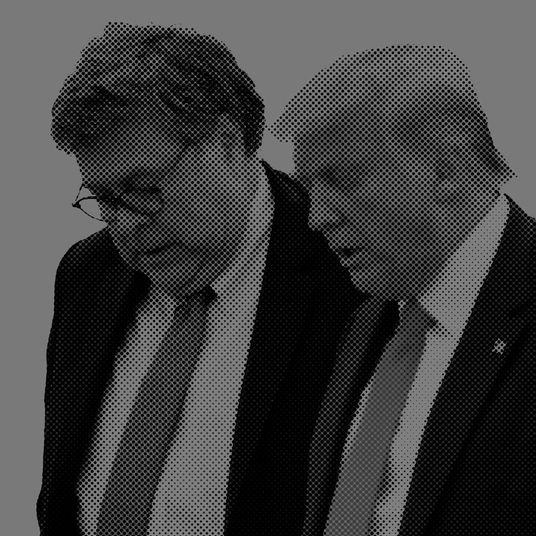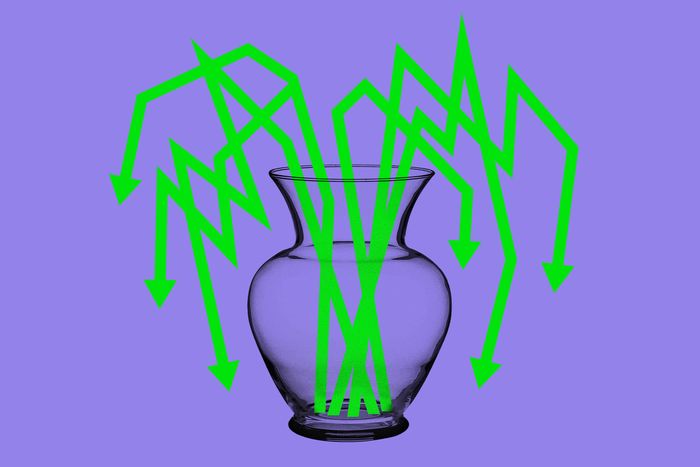
When we think about the economy, there’s a tendency to rush headfirst into the swirl of numbers moving up or down each month, plot them on angular charts, and spin out a story of what it all means. Inflation, unemployment, pay raises, gas prices — together, these indicators are supposed to jell into a coherent narrative and tell us where we’re going. The problem with the current economy is that the numbers don’t make any sense.
Less than a month ago, some commentators were claiming we were already in a recession, thanks to two consecutive quarters of negative GDP growth. Then the July jobs report hit, showing that the economy had added a staggering 528,000 jobs and that the unemployment rate hit a 53-year low. Prices are high, everything is expensive, and it’s sometimes impossible to find baby formula on the shelves — but for many workers, the pandemic economy has seen the balance of power shift in their favor with more people switching jobs for better work and higher pay.
It’s safe to say we’ve never seen an economy quite as weird as this one, warped by some $5 trillion in domestic stimulus, a war in Ukraine, a recovery from a pandemic, and the stop-start of COVID-containment policies in China’s manufacturing hubs. As a result, the basic question on everyone’s minds — Is the economy good or bad? — is exceedingly difficult to answer. Voters, for their part, have already decided: A CNN poll shows that only 18 percent of Americans think the economy is in decent shape.
It’s hardly a surprise that those struggling to fill the tank aren’t celebrating that unemployment has matched its lowest point since 1969. (Which suggests one reason people are dissatisfied: Inflation affects everyone, while the ups and downs of the labor market are largely the concern of the unemployed.) It’s this disparity between the numbers and lived experience that led Kyla Scanlon, a financial educator and influencer, to call current economic conditions a “vibecession.” People are relying on their gut to determine the state of the economy because of the haunting feeling that any crumb of data used to explain the world may be irrelevant or canceled out by something else.
The concept of a vibecession may feel like a cop-out. But it’s a good starting point for understanding where we’re really at. “This moment of cognitive dissonance is useful to make us question our framework to begin with,” says Martha Ross, a senior fellow focusing on the labor market at the Brookings Institution Metropolitan Policy Program. “A low unemployment rate is a crucial measure, but it’s not the only measure,” Ross adds. “We shouldn’t be measuring economic health only by the unemployment rate and by inflation. We need to look at: Are people earning enough to live on? What kinds of jobs are we creating?” If we adjust that framework a bit, a legible, serviceable picture of the economy takes shape.
The reality is the U.S. is not in a recession and was unlikely to have fallen into one earlier in 2022. The economy is expanding — it’s just doing so in unfamiliar ways. “It’s not completely obvious at this point that the economy actually did contract over the first half of the year,” Joel Prakken, chief U.S. economist at S&P Global Market Intelligence, tells me. The usual way of measuring how well an economy is doing is GDP, but there’s another, similar measure called gross domestic income: the total of all the income earned in the country. Most times, they’re exactly the same. But since the start of the year, the two domestic yardsticks have gone in opposite directions for reasons that still aren’t clear, with GDI actually expanding in the first quarter. While GDI for the second quarter of 2022 hasn’t been released, it probably grew, according to Prakken, and there’s reason to think it may offer a more accurate view of the economy. “Scholarly research suggests that when these two measures differ by a lot, eventually it’s GDP that gets revised in the direction of GDI and not the other way around,” Prakken says.
But even the best theory of the expanding economy falls apart if people feel more insecure each time a direct deposit hits their account. Inflation probably peaked in June, rising to 9.1 percent for the year, then pulled back dramatically the next month as the price of gas plummeted. Meanwhile, rising shelter and food costs ate into whatever relief people got at the pump. What we know about the causes of inflation is still a little choppy: some mix of supply-chain snarls, wage gains, stimulus, easy credit, record profits, an expensive housing market, and the war in Ukraine. But one of the features of this economy is how prices have shifted along with people’s habits, pushing up grocery prices when consumers ate at home during the Omicron surge and sending skyward the price of rental cars as people went on vacation.
This is where the Federal Reserve comes in, the authority of last resort to set prices right. For Jerome Powell, the Fed’s chairman, the options left on the table are few. The central bank’s main tool to tamp down inflation is raising interest rates — essentially sucking money out of the economy by making borrowing more expensive — and it has already hiked at a pace not seen in 40 years. But Powell has made a mistake once, when the Fed dismissed the initial bout of rising prices in 2021 as a likely blip. During a July press conference, Powell even admitted that he let his optimism over COVID vaccines ending the pandemic color his thinking over the early rise in prices, which he then attributed to supply-chain problems that would resolve over time. Now the Fed has to play catch-up.
Powell faces the possibility that he will have to plunge the economy into a recession on purpose in order to tame prices. In practical terms, that means crushing the labor force by squeezing the money supply to businesses and banks. When unemployment rises, people spend less: They stop buying houses, car loans get more expensive, and the economy slows down.
At least in theory. July’s booming jobs report came not long after the Fed yanked rates close to their highest level since 2008, a sign that the Fed still has plenty of room left to hike. Powell has said he doesn’t plan on tanking the economy, but his caution hasn’t been welcomed by Wall Street and the academic elite. The “economy is unsustainably hot,” Larry Summers, the former Treasury secretary, said on Twitter after the July unemployment report. He further warned that inflation was nowhere close to “coming under control.”
It could take years for people to make up the loss in income since the largest wage gains of the pandemic years went to those who tended to make the least, according to the Federal Reserve Bank of Atlanta’s wage tracker. What comes next are likely just different flavors of bad. If the Fed engineers a recession, it will not only cost people their jobs but also empower businesses on issues of pay, hours, and benefits. If the Fed screws up and inflation surges once again, the value of people’s savings and salaries will erode by the day. “I don’t like the odds of low-wage workers in either scenario,” Ross says. Here, again, is a situation in which vibes are useful: Some 70 percent of Americans think a recession is coming anyway.



